Hello, I have a few questions about wheat straw plastic: What is its main component? How does it differ from regular plastic in terms of environmental and health benefits? What safety precautions should be taken when using and handling it?
What is wheat straw plastic? How does it differ chemically and biologically from traditional plastics?
Related Encyclopedia
- 9005-53-2
- unspecified
- 0
- All (8)
- China (7)
- (8)
- 8068-05-1
- C30H25ClN6
- 505.01
- All (0)
- China (0)
- (0)
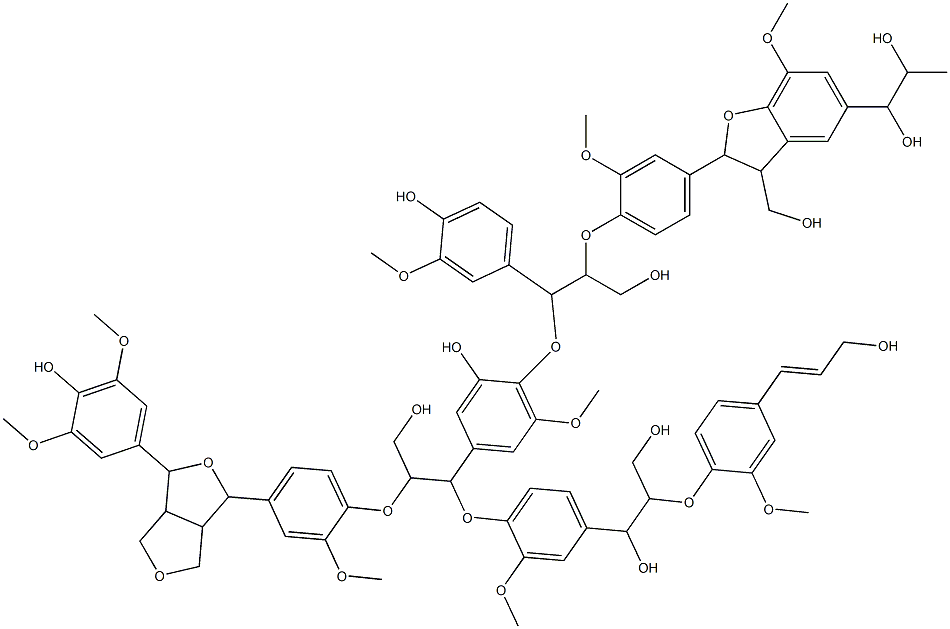
- 8068-03-9
- C81H92O28
- 1513.58038
- All (0)
- China (0)
- (0)
- 42613-30-9
- 0
- All (4)
- China (4)
- (4)
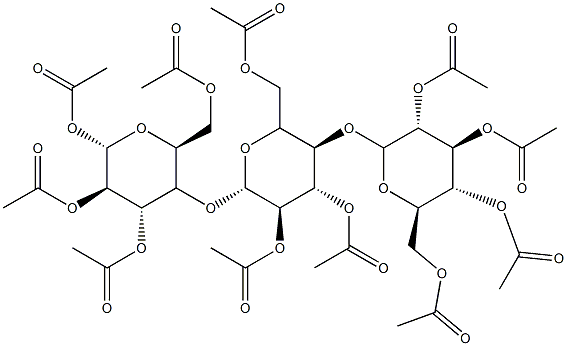
- 9012-09-3
- C40H54O27
- 966.84056
- All (3)
- China (0)
- (3)

- 9004-64-2
- C3H7O*
- 59.08708
- All (22)
- China (9)
- (22)
- 9004-62-0
- C29H52O21
- 0
- All (59)
- China (31)
- (59)
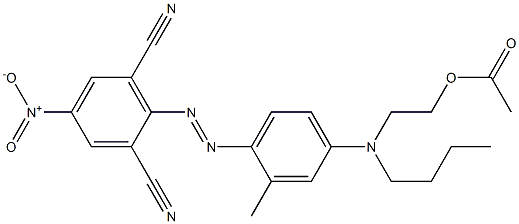
- 9004-57-3
- C23H24N6O4
- 448.47446
- All (21)
- China (2)
- (21)
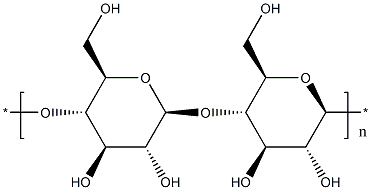
- 9004-34-6
- (C12H20O10)n
- 324.28
- All (3)
- China (2)
- (3)
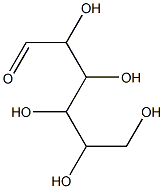
- 9000-11-7
- C6H12O6
- 180.15588
- All (100)
- China (21)
- (100)
Related Products More >
-
- CNY Request For Quotation
-
- CNY Request For Quotation
-
- CNY Request For Quotation
-
- 9004-62-0
- Request For Quotation
-
- 9004-62-0
- Request For Quotation
-
- 9004-65-3
- USD 361.6000
- 25kg
-
- 9004-57-3
- USD 580.0000
- 25kg
-
- 9035-69-2
- USD 30.0000
- 1kg

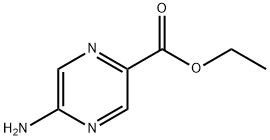
 沪ICP备2021018848号-5
沪ICP备2021018848号-5


When wheat straw fibers are blended into plastics, these natural polymers introduce polar hydroxyl (–OH) groups, increasing the overall polarity of the composite compared to pure hydrophobic plastics like polyethylene or polypropylene. This polarity affects the interfacial bonding with the polymer matrix, often requiring chemical treatments or compatibilizers to enhance adhesion and mechanical stability.
The reaction mechanisms involved during the production of wheat straw plastics mainly concern the physical blending of fibers with the polymer melt, but chemical modifications—such as acetylation or silane coupling—may be applied to improve compatibility. The composite exhibits a mix of covalent bonds within the polymer chains and hydrogen bonds between the fibers, balancing rigidity and flexibility.
In terms of stability, wheat straw plastic tends to be more biodegradable than traditional plastics because the natural fibers can be broken down by microbial enzymes that hydrolyze glycosidic and ether bonds. However, the overall durability depends on the type of polymer used in the matrix. For example, polylactic acid (PLA) is more biodegradable than conventional plastics, whereas polyethylene blends are more persistent.
This material is increasingly used in packaging, disposable tableware, and automotive components due to its reduced environmental footprint. However, challenges remain in optimizing fiber dispersion, moisture resistance, and mechanical strength.
What makes it different? The wheat straw adds strength and reduces the need for petroleum-based plastic, so it’s more sustainable to produce. It’s also stiffer than regular plastic, which makes it good for things like food containers, utensils, or plant pots. But how well it holds up depends on the ratio of straw to plastic: more straw means it’s more eco-friendly but might be brittle, while more plastic makes it durable but less "green."
A big myth is that wheat straw plastic is fully biodegradable. It can break down faster than regular plastic, but only in industrial composting facilities—throwing it in your home compost bin or the trash might still leave it sitting for years. Another mix-up is thinking it’s safe for hot liquids or microwaving. Because of the straw fibers, it can warp or release small particles if exposed to high heat, so it’s better for cold or room-temperature use.
For home use, wheat straw plastic is great for everyday items like snack containers, cereal bowls, or picnic utensils. It’s lightweight and less likely to shatter than glass, which makes it good for kids’ dishes. But handle it gently—dropping it can cause cracks, especially if it has a high straw content. Avoid using harsh detergents or scouring pads when cleaning; mild soap and a soft sponge work best to keep it from getting scratched.
If you’re trying to reduce plastic waste, wheat straw plastic is a step in the right direction, but it’s not a perfect swap. Pair it with reusable items like cloth bags or stainless-steel bottles for a bigger impact. When it does wear out, check if your local recycling program accepts it—some do, but others treat it like regular plastic. If you have access to an industrial compost facility, that’s the best way to dispose of it, but if not, trash is better than contaminating recycling bins.
Keep an eye on labels—some products claim to be "wheat straw" but are mostly plastic, so look for ones that highlight a high straw content. And remember, reusing it as much as possible (even if it gets a little worn) is better for the planet than replacing it often. It’s a small change, but choosing materials that use less petroleum helps cut down on waste, one cereal bowl or utensil at a time.
Imagine you’ve just finished eating a bowl of cereal—the box is recycled, but what about the straw left in the field? Normally, farmers burn or compost it, but wheat straw plastic gives it a second life. Companies grind the straw into a fine powder, mix it with biopolymers (like PLA, made from cornstarch), and mold it into cups, cutlery, or even phone cases. It’s tough enough to hold hot soup but won’t linger in landfills for centuries like regular plastic.
Here’s the science: Wheat straw is rich in lignin and cellulose—natural fibers that give plants their structure. When mixed with biodegradable resins, these fibers act like reinforcement (like rebar in concrete), making the final product stronger and more heat-resistant. Unlike traditional plastics (which come from fossil fuels), wheat straw plastic breaks down in industrial composting facilities within 3–6 months, turning into CO2, water, and organic matter.
Fun fact: Some brands even use food-grade dyes to color wheat straw plastic, so your eco-friendly fork can be as vibrant as a rainbow. And because it’s made from waste, it reduces the need to cut down trees for paper products or drill for oil for plastics. Double win!
Pro tip for green living: Look for products labeled “wheat straw plastic” or “biocomposite” when shopping for disposable items like plates, straws, or to-go containers. But check the composting instructions—some need high-heat industrial facilities to break down, while others can go in your home compost (though they’ll take longer). Avoid mixing them with regular recycling, as they can contaminate the stream.
Bonus hack: If you’re crafty, you can even find wheat straw plastic pellets online to 3D-print your own eco-friendly gear. Just imagine: a custom phone stand made from upcycled cereal straws! ??
Bottom line: Wheat straw plastic is a clever way to turn farm leftovers into useful, planet-friendly products. Next time you’re at a picnic or café, grab a wheat straw cup—it’s a small swap that helps close the loop on waste. Cheers to science saving the day (and the Earth)! ?✨
From a biological and toxicological standpoint, wheat straw plastic reduces the reliance on fossil-fuel-based plastics, thereby potentially lowering exposure to harmful additives or microplastics that may cause adverse health effects such as inflammation or endocrine disruption. The plant-based fibers in wheat straw contain cellulose, hemicellulose, and lignin—natural polymers with hydroxyl groups that introduce polarity and enhance biodegradability. When combined with polymers like polylactic acid (PLA) or polyethylene, the composite balances mechanical strength and environmental degradability.
The physiological concern mainly arises if microplastic particles or chemical additives leach into the environment or food chain, possibly affecting human health through inhalation or ingestion. However, wheat straw plastics typically emit fewer toxic compounds during degradation compared to conventional plastics, reducing potential risks like respiratory irritation or chronic diseases linked to plastic pollution.
For patients concerned about environmental health or chemical exposure, using products made from wheat straw plastic can be a safer alternative. Proper disposal and composting of these materials further minimize health hazards by promoting natural breakdown without releasing harmful substances.